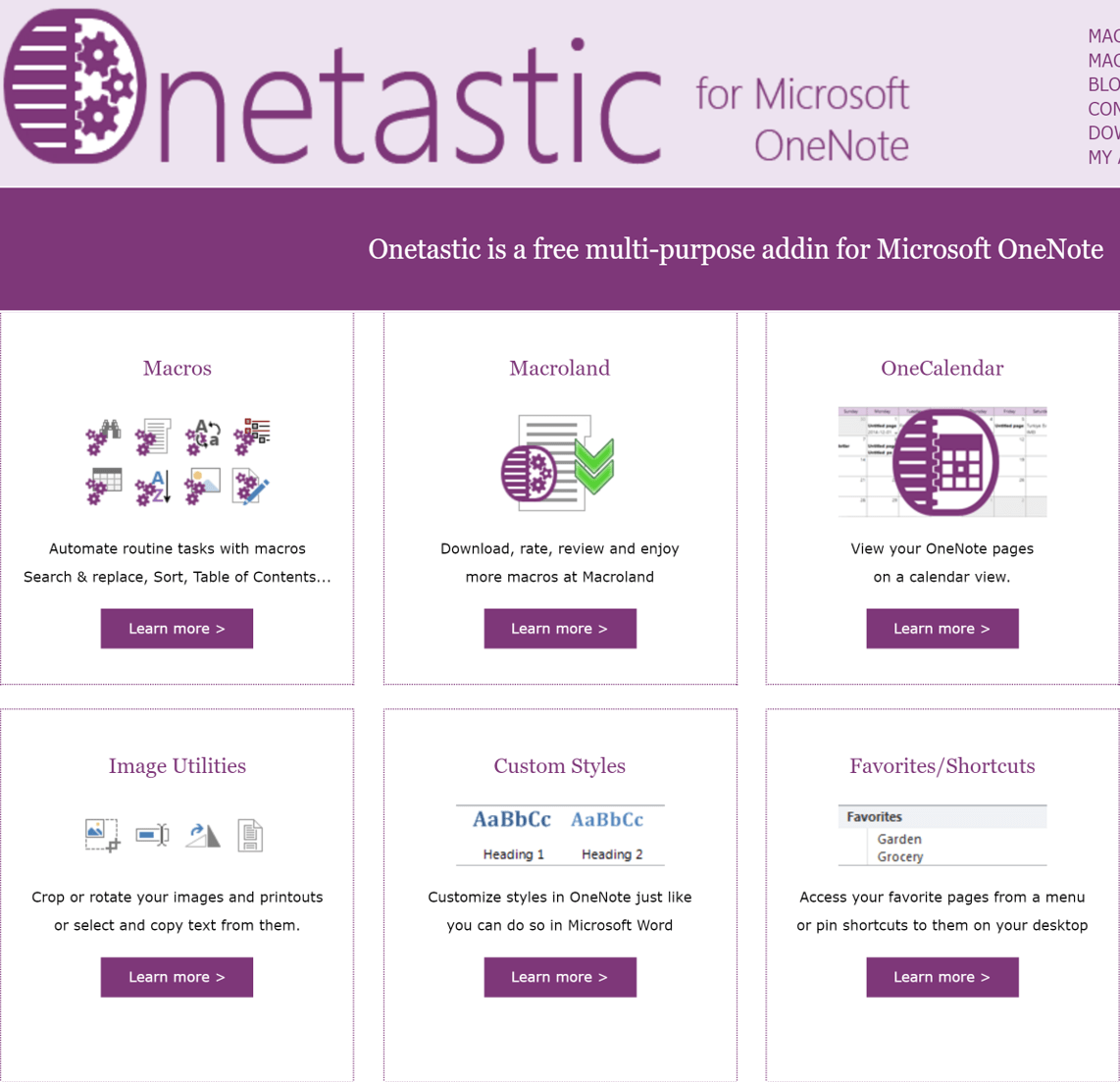Over the last two months, I have been amazed at how easily I have transitioned from other digital organizers to OneNote. Having migrated approximately 10,000 notes from Evernote to various organizers, including Apple Notes, Centrallo, Evernote, Google Keep, MammothHQ, and SimpleNote, each of which have their own advantages and disadvantages (view comparison chart), OneNote surprised me.
Join the ongoing TCEA Microsoft Innovative Educator (MIE) SkypeChat via your mobile device or online. Explore and share concepts at the intersection of teaching, learning, leading, and technology!
OneNote serves as a fantastic tool for personal organization and class management. For example, it has the following admirable features:
- Notebooks can be easily accessed on a wide variety of devices (e.g. iOS, Android, Windows); you do not need a Windows computer to take advantage of the basic features, which are considerable and available at no-cost.
- Notebooks, each with its own sections that can be password protected or locked with SDES/AES encryption, contain pages that can be created and shared via OneNote Online with anyone.
- Email content to your Notebook (via me@onenote.com) and save it in a section of your default notebook (set that up in the settings) by including @section_name in the email Subject:.
- As a sharing tool, it wins hands-down for classroom deployment. Why? As a teacher, I can create materials and share them via a resource notebook for students that they can access on their mobile device. With a Windows computer, I can create Class Notebooks that allow for a collaborative common area, a content library where I can distribute updated documents to each student individually en masse, a real time-saving feature.
- OneNote’s content and formatting tools boast a GUI interface that is difficult to match, yet relatively uncluttered.
But wait! There’s ONE MORE feature that I have just become aware of. OneNote can be enhanced by add-ons to expand its functionality on Microsoft Windows. If you have OneNote 2013 (or 2016), you can easily install Onetastic, a free multi-purpose add-on reminiscent of the Greasemonkey add-on for Firefox. Onetastic enables the use of custom macros such as the following:
- Create a table of contents for a notebook, a section, or a page using the Table of Contents macros.
- Use the Search and Replace macro to quickly make adjustments across multiple notebooks or a single notebook, including HTML replacement.
- Add Excel-like functions to tables such as Sum, Average, Min, Max, Count Numbers, and more.
- Number all cells in a table, autofill, and other items.
- Insert monthly calendars into notes.
- Display a summary page of all recent changes in a notebook or section.
- And many more macros that provide enhanced functionality non-existent in other tools.
If you haven’t used OneNote, you will want to start soon! It is a must have-organizer for classroom teachers and campus administrators. Here are five ways to create a “onetastic learning experience:”
 Using Microsoft Office Lens app on Android/iOS, “scan” documents and save them directly to OneNote.
Using Microsoft Office Lens app on Android/iOS, “scan” documents and save them directly to OneNote.- Using the clipper (e.g. Chrome add-on, Firefox, Edge ), remove web page clutter, then capture pages and content, saving them to the resource notebook you created for your students to use.
- Using Diigo Social Bookmarking tool, free for educators and their students, you and your class can bookmark resources to a Diigo Group. The RSS feed for that Diigo Group can then be fed through IFTTT.com and resources auto-saved into the Notebook and Section of your choice, as the teacher. Be sure to read the tutorial here at TCEA!
- Create student ePortfolios by granting every student a section in a OneNote notebook (or Class Notebook, which provides even more flexibility) where they can save their work. Then, when they leave or graduate, export that section out so they can “take it with them.” You can embed documents, pictures, and videos in the pages of that ePortfolio.
- Help students and staff keep notes by creating a page template such as Cornell Note-Taking or meeting notes for OneNote. Students and staff can “import” that into their OneNote 2016 program and then use it. Or, if only the teacher has OneNote 2016 and students are using OneNote Online, then the teacher can do it.
If you aren’t using OneNote Online, OneNote 2016, and the Onetastic tool with all the great macros that come with it, then you are missing out!
Want to learn more about OneNote? You can host a OneNote one-day Academy in your district or area at a great price! Make contact via email at mguhlin@tcea.org or catch me on Skype (@tceamg) to request a workshop.

